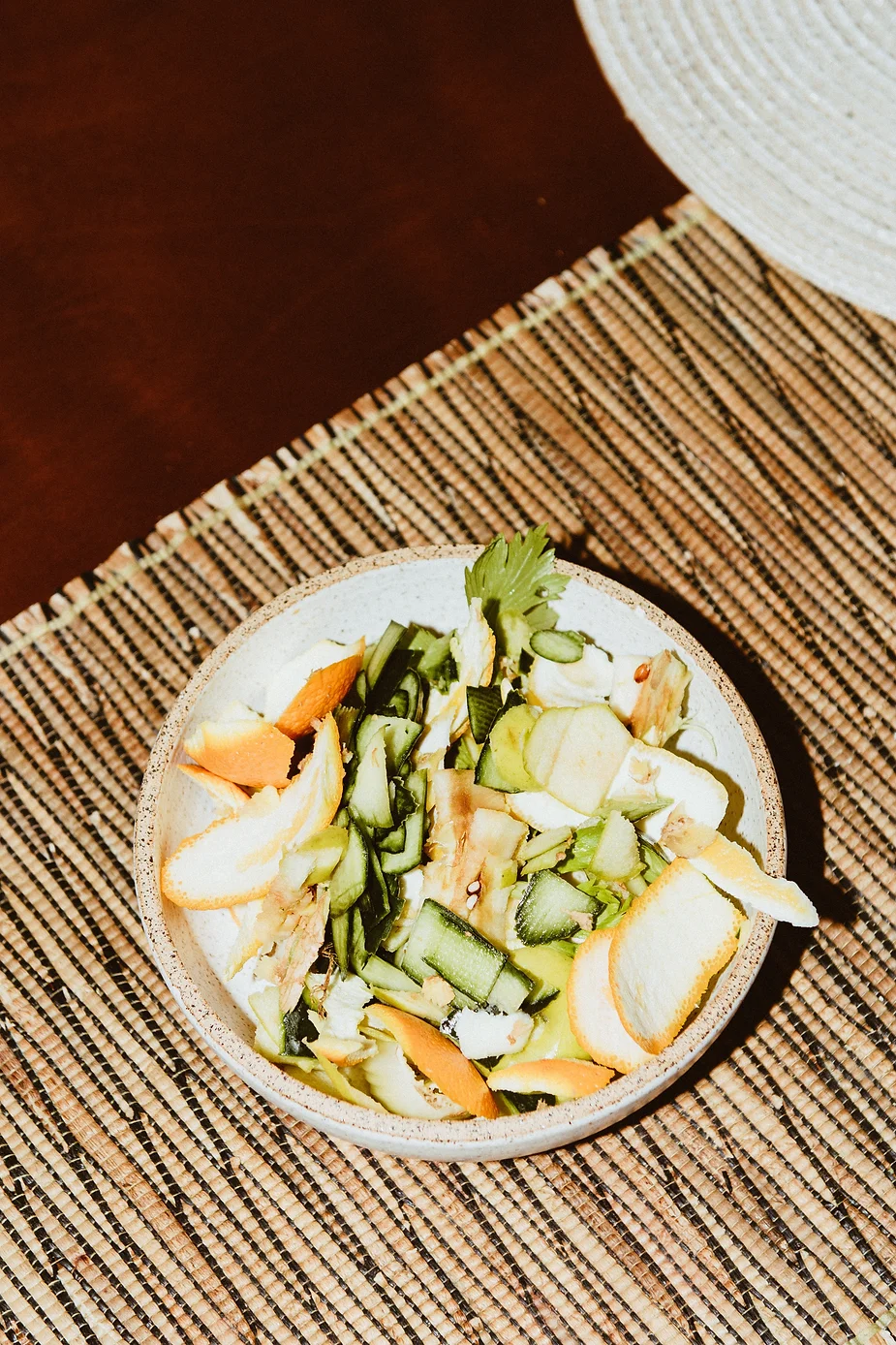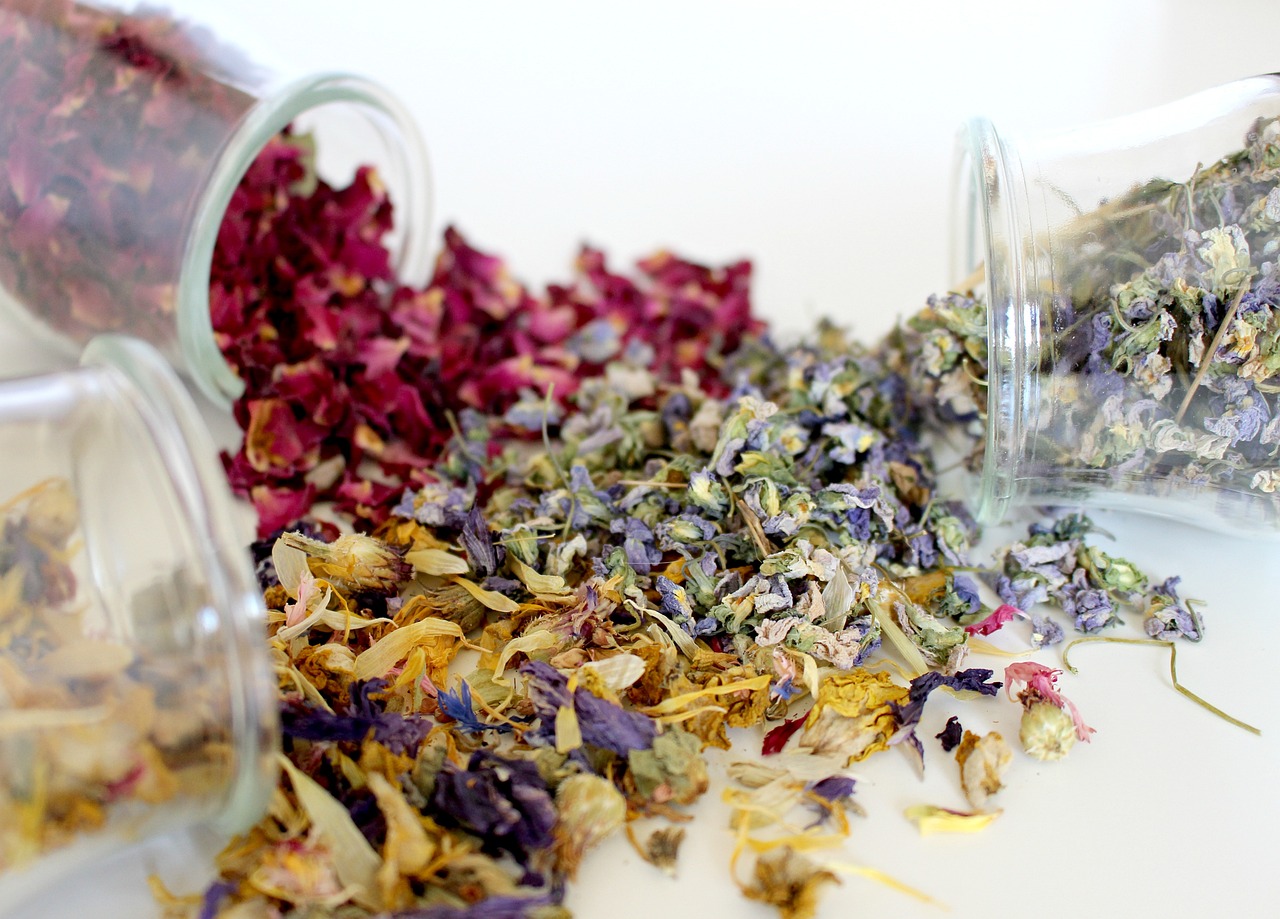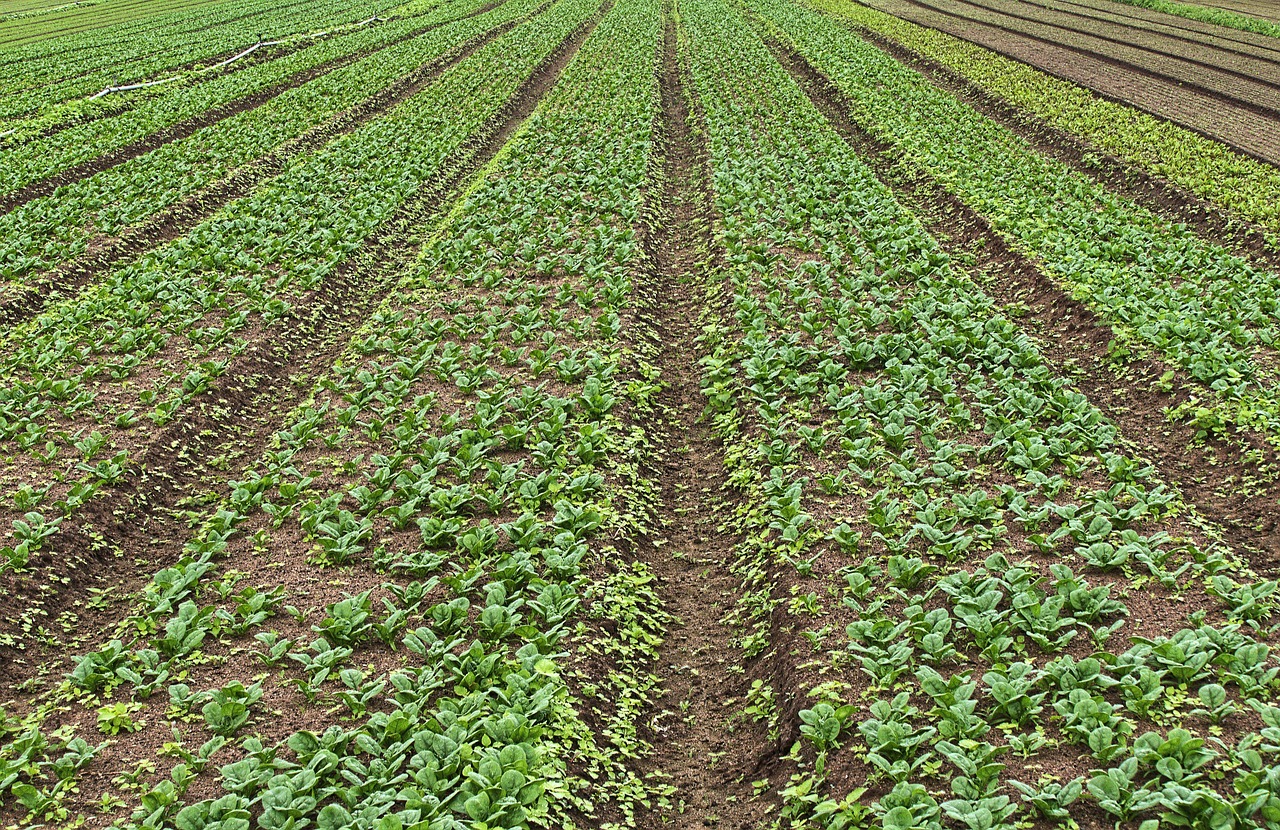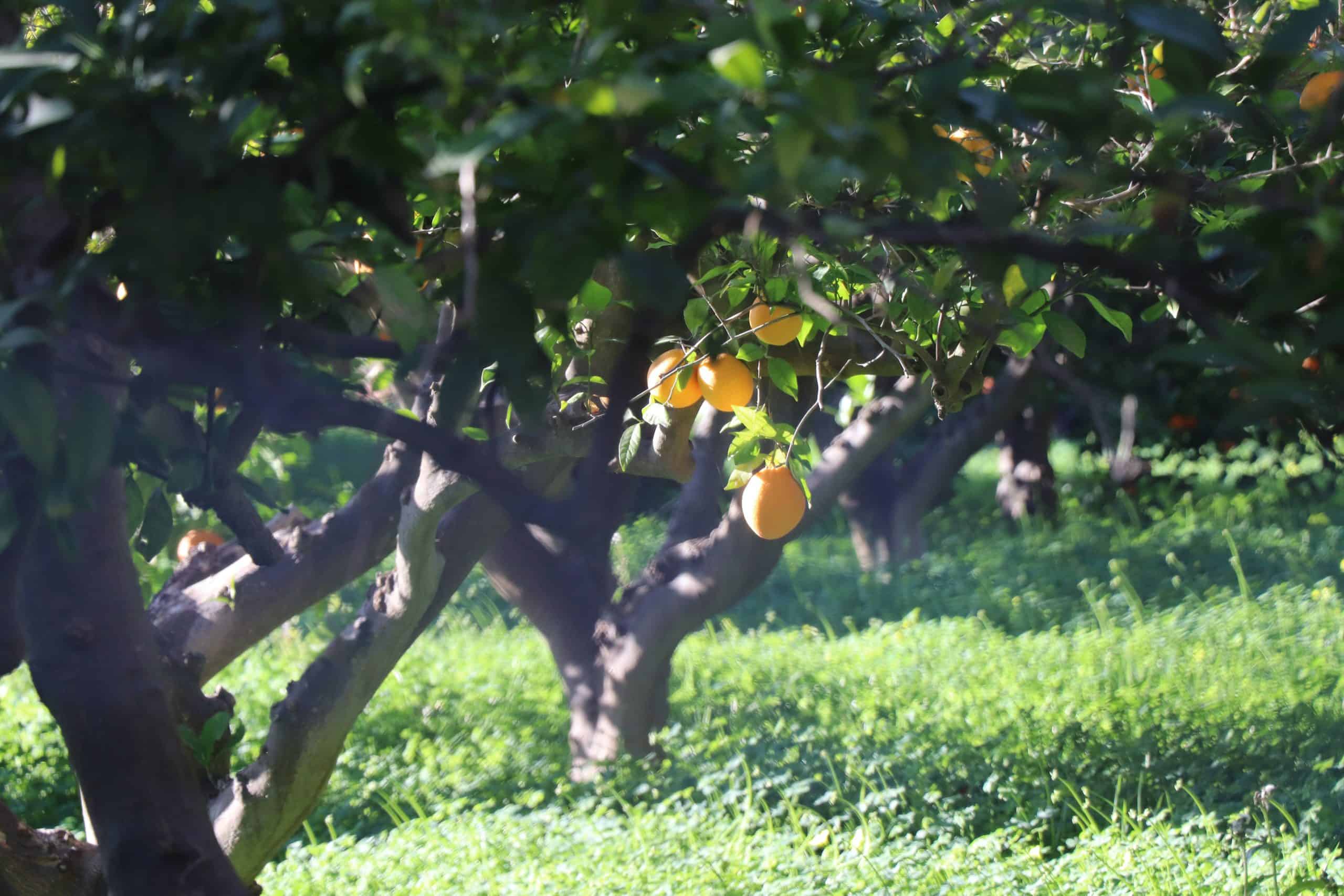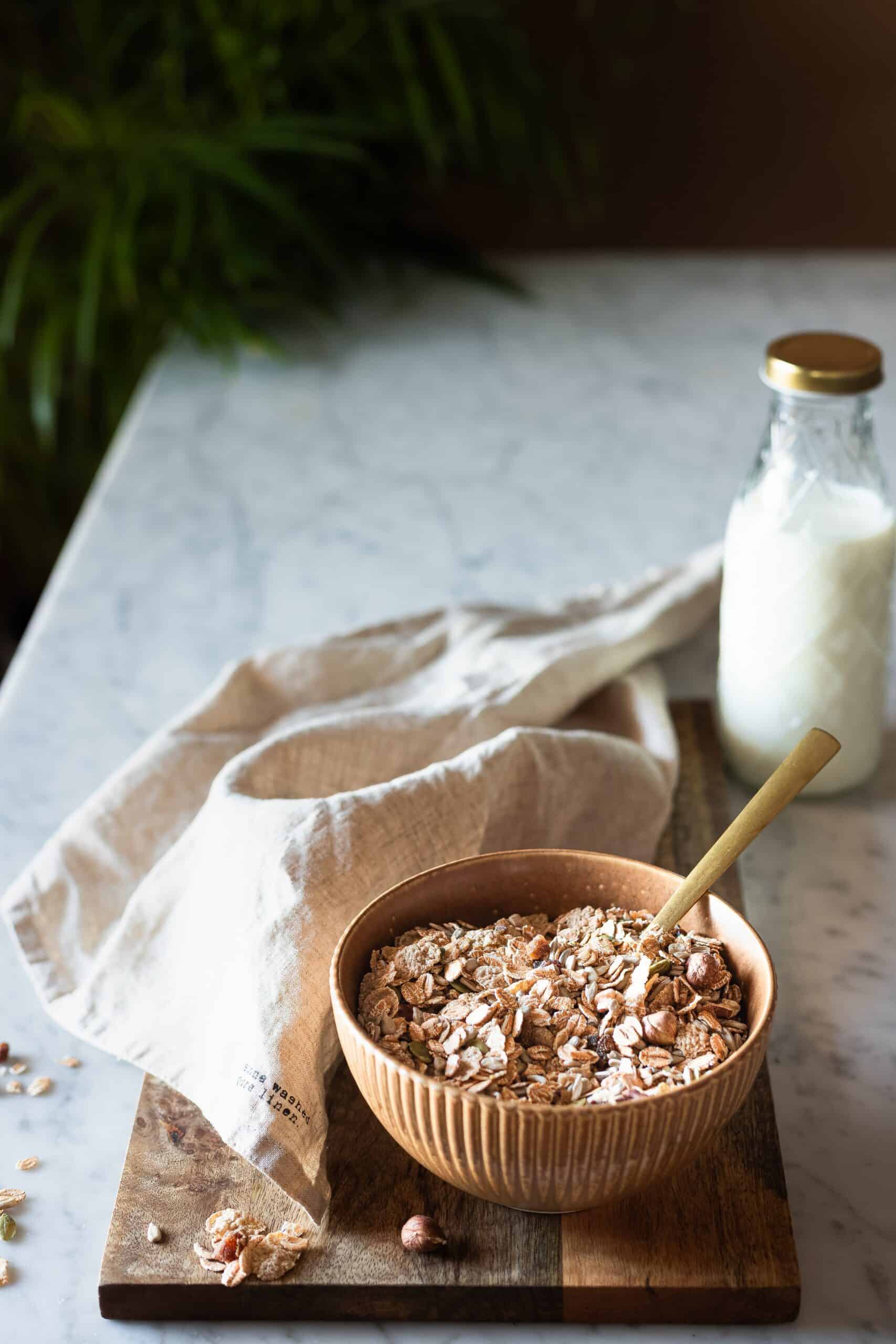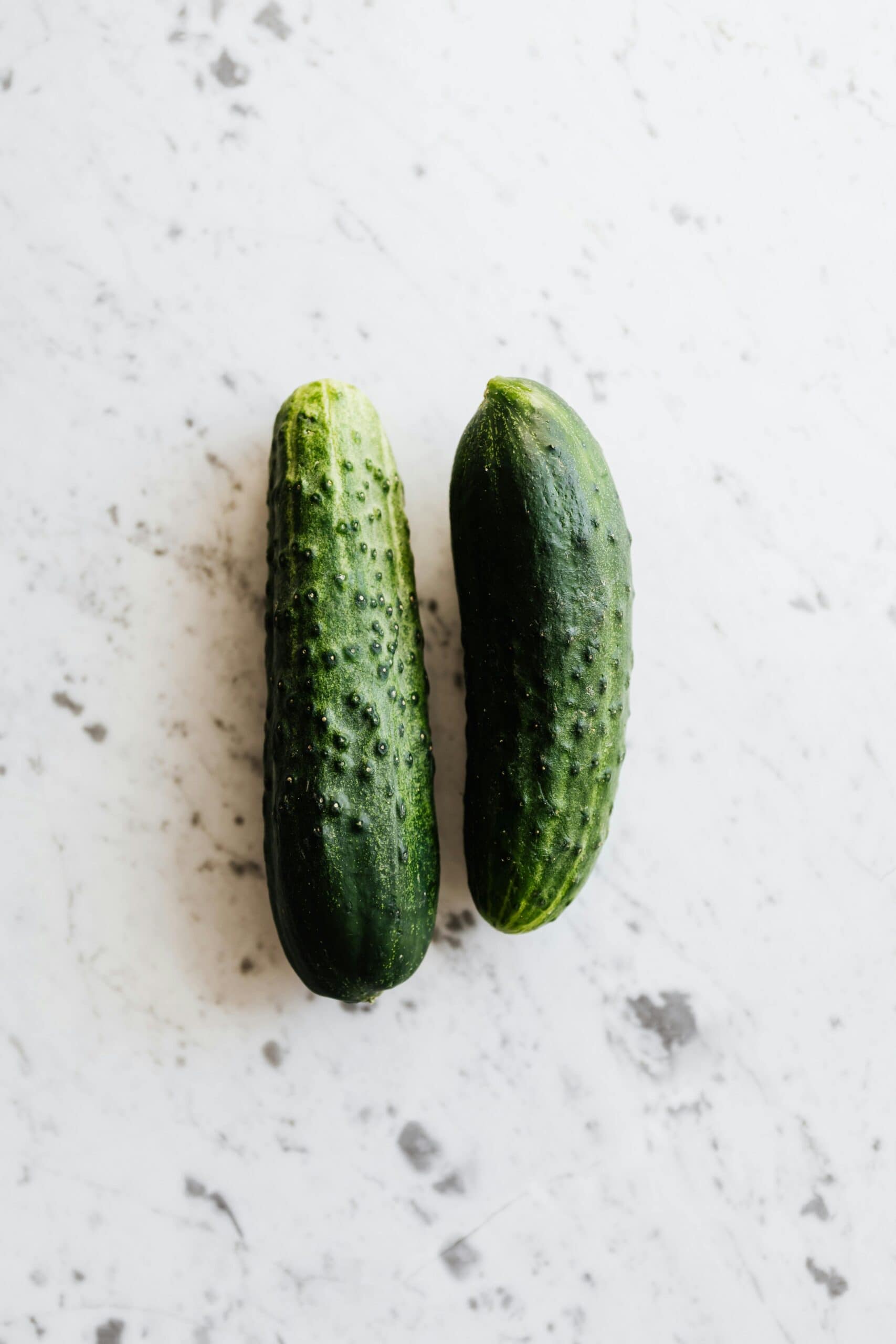How to Make and Use Jadam Liquid Fertilizer for Healthier Plants
Jadam liquid fertilizer is a natural and sustainable fertilizer that offers numerous benefits for plants and the environment. Developed by Korean farmer Youngsang Cho in the early 1990s, this organic fertilizer is made from fermented plant materials and minerals. In this blog post, we will explore the process of making Jadam liquid fertilizer, its advantages, potential drawbacks, and its positive impact on plant growth and productivity.
The Process of Making Jadam Liquid Fertilizer
Creating Jadam is a straightforward process that can be accomplished with readily available materials. Here’s a step-by-step guide to preparing your own:
- Gather Materials: Fill a container with a variety of vegetable plant parts, including roots, vegetables, and leaves. This ensures a comprehensive nutrient profile.
- Use Soft Water: Preferably, use rainwater to fill the container. Soft water helps maintain optimal conditions for fermentation and avoids chlorine found in tap water that can harm beneficial microorganisms.
- Add Organic Matter: Sprinkle a handful of leaf mold or well-broken-down compost on top of the mixture. This aids in the breakdown process and adds valuable organic matter to the fertilizer.
- Cover the Container: Loosely cover the container with a lid or cloth to allow air circulation while preventing debris from entering. Proper airflow is crucial for the fermentation process.
- Fermentation: Leave the container undisturbed for a minimum of two weeks to allow fermentation to occur. The fermentation time can vary based on temperature and humidity, so check periodically for signs of readiness.
Dilution Ratios for Jadam Liquid Fertilizer
Once the fermentation process is complete, the liquid fertilizer needs to be diluted before application. Here are the recommended dilution ratios:
- After 2 weeks: Dilute 1 part with 30 parts soft water.
- 1 month: Dilute 1 part with 50 parts soft water.
- 3 months: Dilute 1 part with 100 parts soft water.
- 6 months: Dilute 1 part with 200 parts soft water.
- 1 year: Dilute 1 part with 400 parts soft water.
- 1 year or more: Dilute 1 part with 500 parts soft water or more.
Note: Use only the liquid portion of the fertilizer, as the solids can lead to mold and unpleasant odors due to anaerobic conditions.
Benefits of Jadam
Jadam liquid fertilizer offers several advantages over synthetic fertilizers:
- Organic and Sustainable: Made from natural ingredients, including plant materials and animal waste, Jadam liquid fertilizer is an organic and sustainable option. It reduces the environmental impact of farming by minimizing the need for synthetic chemicals.
- Cost-effective: By utilizing locally available materials, Jadam liquid fertilizer significantly reduces costs compared to purchasing synthetic fertilizers. Farmers and gardeners can use materials they already have on hand, making it a budget-friendly option.
- Enhanced Plant Growth and Productivity: The readily available nutrients in Jadam liquid fertilizer promote healthy plant growth and increased productivity. The beneficial microorganisms present in the fertilizer also improve soil health, contributing to enhanced plant performance. 5 Ways to Improve Your Garden’s Soil Health Using Worms
- Reduced Odors and Harmful Substances: The fermentation process involved in creating Jadam liquid fertilizer reduces odors and breaks down potentially harmful substances, making it a safer and more environmentally friendly alternative to synthetic fertilizers.
- Versatility: Jadam liquid fertilizer can be used on a wide range of plants, including vegetables, fruits, flowers, and trees. Its versatility makes it suitable for various farming and gardening applications.
Considerations When Using Jadam Liquid Fertilizer
While Jadam has many advantages, it’s essential to be aware of some potential drawbacks:
- Time-consuming Process: The fermentation process for Jadam liquid fertilizer takes several weeks, which may not be ideal for farmers requiring immediate fertilization.
- Variable Nutrient Content: The nutrient content of Jadam liquid fertilizer can vary depending on the materials used in the fermentation process. Ensuring consistent nutrient levels may require additional monitoring and adjustment.
- Risk of Contamination: Improper fermentation or dilution can result in harmful bacteria that may contaminate plants and soil. Following the correct procedures is crucial to minimize this risk.
- Limited Material Availability: While Jadam liquid fertilizer can be made from locally available materials, certain components may not be accessible in all areas. This could limit its availability for some farmers or gardeners.
- Limited Scientific Research: While Jadam liquid fertilizer has been used for years in various countries, scientific research on its effectiveness and potential risks remains limited. Farmers should exercise caution and consider conducting trials on a small scale before widespread use.
Impact on Plant Health and Growth
Jadam liquid fertilizer provides several benefits to plants:
- Improved Nutrient Uptake: The readily available nutrients in Jadam liquid fertilizer are easily absorbed by plants, promoting efficient nutrient uptake and improved overall health.
- Enhanced Root Development: Beneficial microorganisms present in the fertilizer enhance soil health, leading to stronger root development. This, in turn, improves nutrient absorption and increases plant resilience to stress and diseases.
- Increased Resistance to Pests and Diseases: The beneficial microorganisms in Jadam liquid fertilizer help boost a plant’s natural defenses against pests and diseases. Reduced reliance on pesticides contributes to a healthier and more eco-friendly growing environment.
- Improved Soil Structure: Jadam helps improve soil structure, leading to better water retention and increased soil aeration. These factors contribute to healthier root systems and improved nutrient availability for plants.
- Enhanced Productivity: Jadam provides plants with essential nutrients, leading to increased productivity and higher crop yields. This is beneficial for both commercial farmers and home gardeners.
Conclusion
Jadam liquid fertilizer is an organic and sustainable approach to plant nutrition. By utilizing locally available materials and natural fermentation processes, it offers a cost-effective alternative to synthetic fertilizers. The benefits include improved plant growth and productivity, reduced environmental impact, and enhanced soil health. While there are considerations and potential drawbacks, Jadam remains a valuable option for farmers and gardeners seeking organic solutions for their plants’ nutritional needs.

